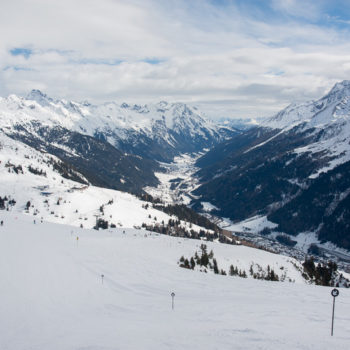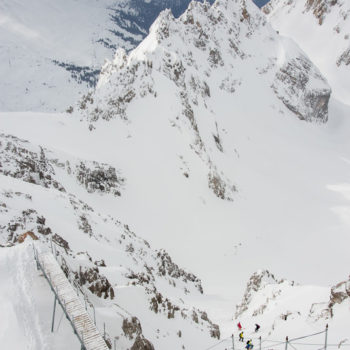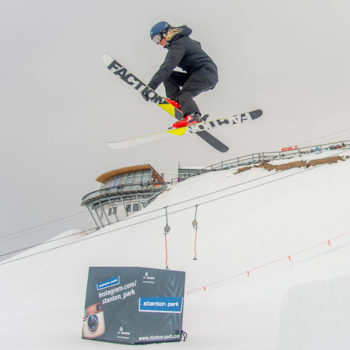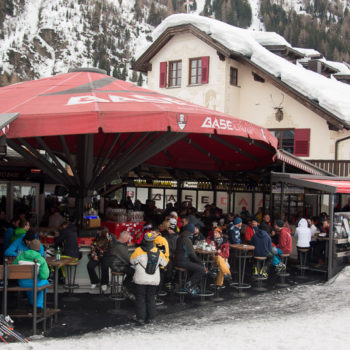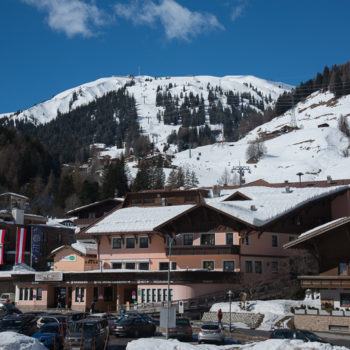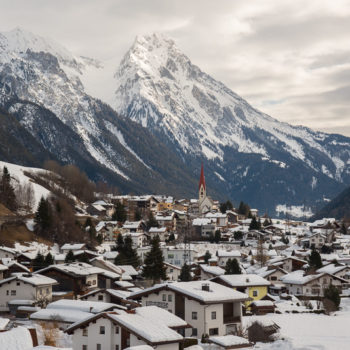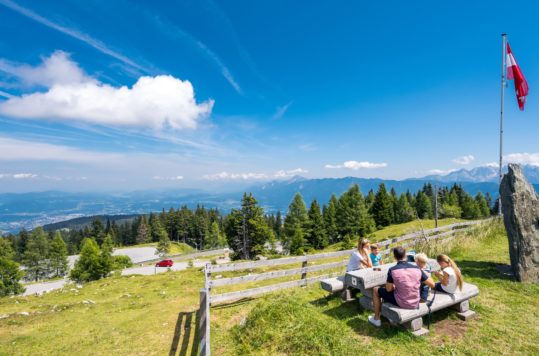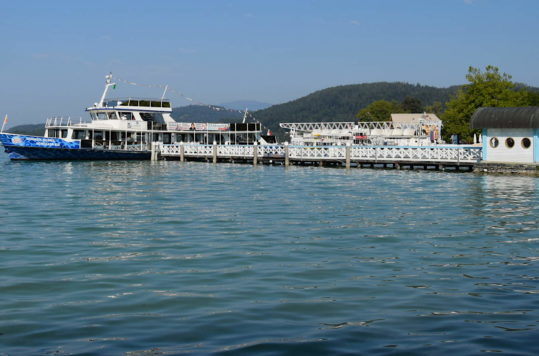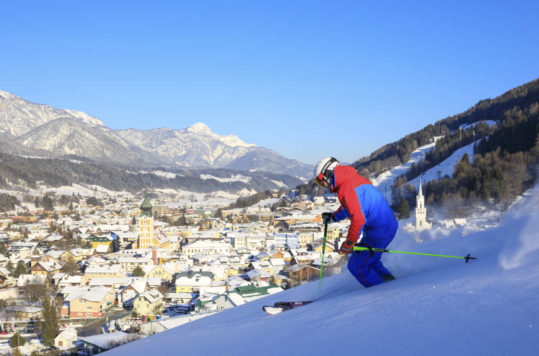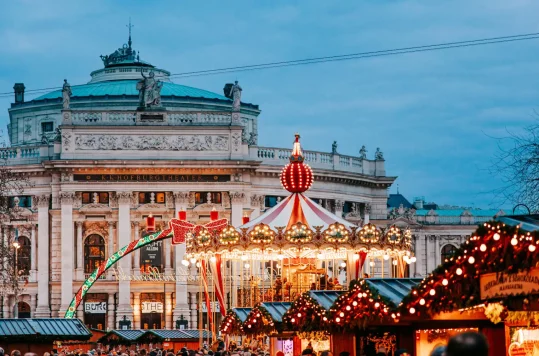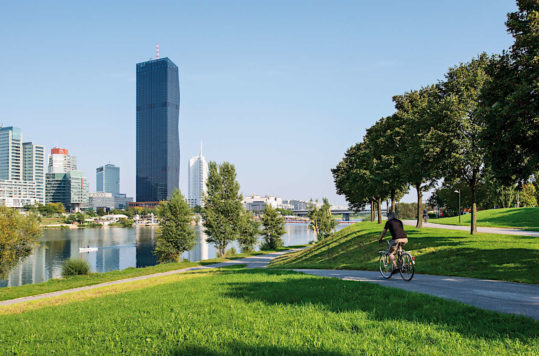St. Anton am Arlberg in Tyrol is the perfect place for hardcore skiers! Hence, with a sensible mix of fear and respect, I hit the slopes for 3 days to see what Austria’s largest ski resort had to offer.
Arriving at the cable car valley station the first day to plan my runs was demanding. I could choose between a whopping 88 cable cars and lifts to take me to more than 300 km of prepared slopes and 200 km’s off-piste runs. For beginners or first-time visitors, it can be a bit overwhelming.
Choosing slopes
I’m glad that I already had nine days of skiing behind me before arriving in St. Anton am Arlberg in Tyrol, as about 60% of the runs are either red or black. Moreover, the cloudy weather I had wasn’t helping either as the contours of the slopes disappeared with the flat light. Hence, to get a soft start I went for slopes with fewer people at first. Even though St. Anton am Arlberg is a very busy place, you can still find a few pistes which are not crowded. Moreover, it’s well worth hitting the slopes as early as possible, when the pistes are freshly groomed. With the large number of skiers visiting St. Anton am Arlberg during the day, the slopes will be worn down.
< Click on the image to enlarge >
Valluga
It’s great to have a huge variety of slopes to choose from, but it can be too much. Even with the maps, it was difficult to keep your bearings. Hence, I made my way to the highest point of the lift system, Valluga at 2,809 m / 9,216-foot, to opt for the longest run in St. Anton am Arlberg. However, check out the magnificent view before you head down the mountain. Even on a cloudy day, you get the feeling that you’re on top of the world.
Just a flight in the park
I prefer to keep my skis on the snow and stick to classic alpine skiing. Nonetheless, there are of course plenty of other activities to on snow on the Arlberg as well. Check out the deep-snow ski runs, snowboard fun parks, and special carving areas. If you prefer to go up the mountain by yourself, rather than with a lift, join a ski tour (randonée). Those of you that like to spend time airborne should head for Stanton Park. This is a real freestylers paradise, I was told by some people flying thru the air.
Advertisement
Moose and Kanguruhs in Austria?
A ski vacation in the Austrian Alps is not only about snow conditions and the incline of the piste. It’s also about what goes on when the skis are safely parked in the locker at your hotel. St. Anton am Arlberg has certainly made its mark on the ski circuit for its after-ski venues. Infamous after-ski bars Mooserwirt and Krazy Kanguruh have given many a skier a rough start on the slopes the next day. The pedestrian zone in St. Anton and many of the side streets offer plenty of eateries and waterholes from rowdy to chic.
Modern ski resort
The first time mentioned as Vallis Taberna in written records was in 1275, St. Anton has a long history behind it. The Arlberg area and St. Anton often get credited for having kicked off alpine skiing at the beginning of the 1900s. Even though you still get glimpses of the history in the village, this is a modern ski resort today, with the most amenities a visitor could desire. Stretched out over 3 km in the narrow valley Stanzertal, the village of 2300 inhabitants, was firmly put on the map by the 2001 Alpine World Ski Championships. There are ample opportunities to eat, drink, shop or make a visit to a spa. If this isn’t sufficient, or the weather turns bad, you can always jump on the train and be in Innsbruck in about an hour.
Pettneu, an alternative to St. Anton am Arlberg
I stayed at Pettnau am Arlberg, a small village about 7 km from St. Anton. This was fine as Pettneu is served by a good bus system during the day. Staying in the more quiet and more lovely traditional Tyrolean village is great if you don’t need the nightlife. Thus, if you want to party you should stay in St. Anton, as the night buses are few and stop running at 00:30. Consequently, no all-night parties on this trip. On the other hand, I was very fit for skiing as soon as the lifts started in the morning.

